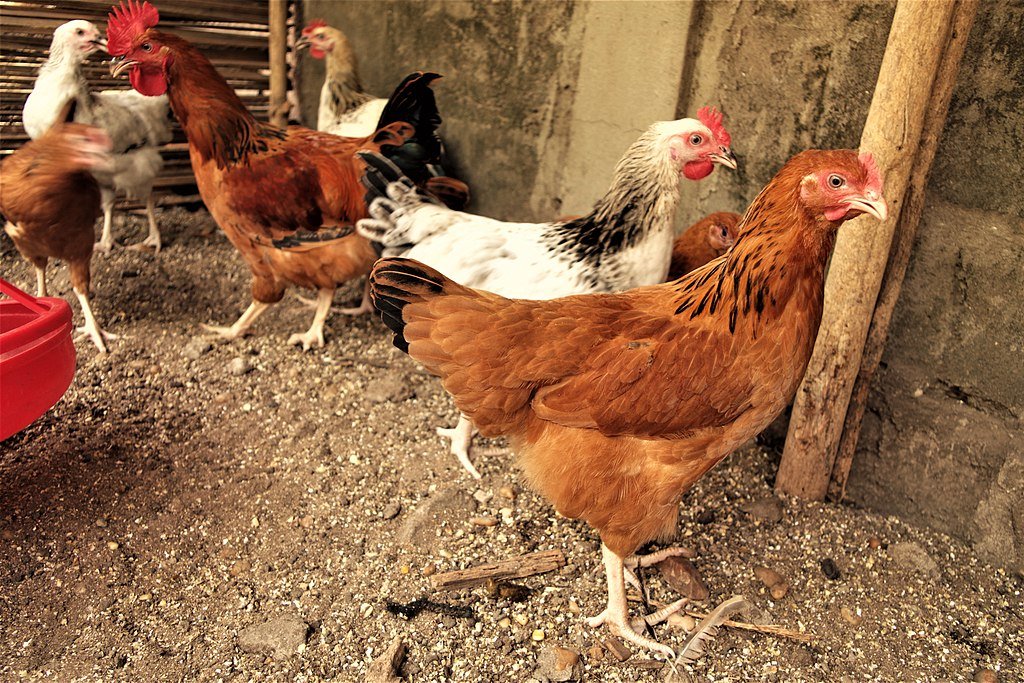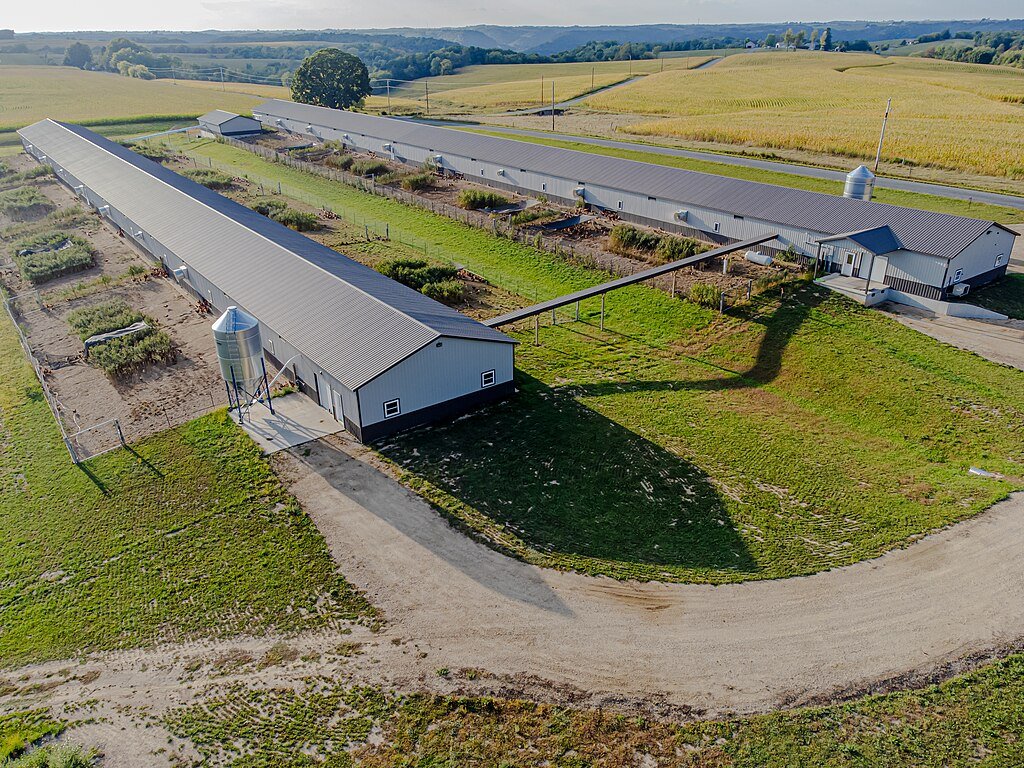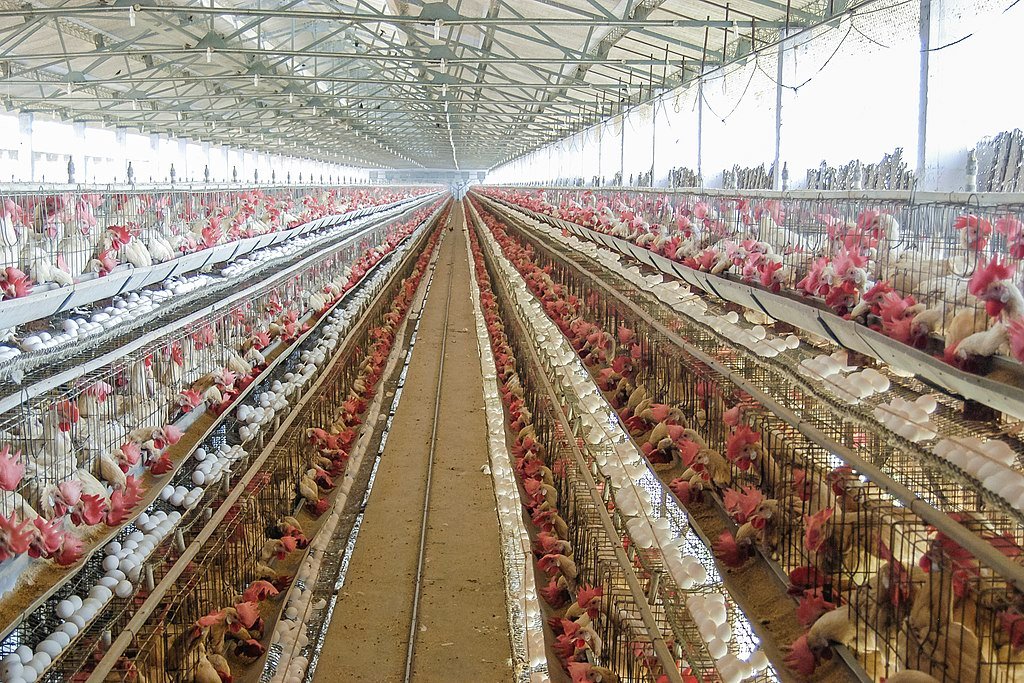As avian flu outbreaks continue to spread, poultry farms across the U.S. are forced to rapidly cull infected flocks to prevent further transmission. However, a recent investigation reveals that the methods used to kill millions of birds are controversial, often inhumane, and driven by financial incentives rather than ethical considerations.
How Bird Flu Culling Works

When a poultry farm tests positive for highly pathogenic avian influenza (HPAI), farmers must begin depopulating infected flocks within 72 hours. The most common methods include carbon dioxide gassing, heat suffocation, and foam suffocation, all of which result in mass deaths within hours. Workers often handle flailing, sick birds, placing them into metal containers or sealing barns to induce heatstroke.
The Financial Side of Mass Culling
The federal government has one primary contractor responsible for assisting farms with bird flu culling, leading to delays and questionable practices. Poultry disposal companies and large producers receive millions in federal funding to kill flocks, compost carcasses, and sanitize barns. However, worker protections often fall through the cracks, with reports of underage workers handling dead birds and lacking proper safety gear.
Ethical Concerns and Calls for Reform
Animal welfare advocates argue that current culling methods prioritize speed over humane treatment, with some farms resorting to methods considered inhumane due to financial constraints. Experts warn that the urgency of depopulation limits proper training for workers, increasing risks for both humans and animals. Calls for alternative solutions, such as improved biosecurity and vaccination programs, are growing among scientists and activists.
Conclusion

The ongoing bird flu crisis has exposed deep flaws in the poultry industry’s response to disease outbreaks. While mass culling remains the standard approach, concerns over inhumane practices, worker safety, and financial incentives highlight the need for more ethical and sustainable solutions to disease management in poultry farming.
Source:




